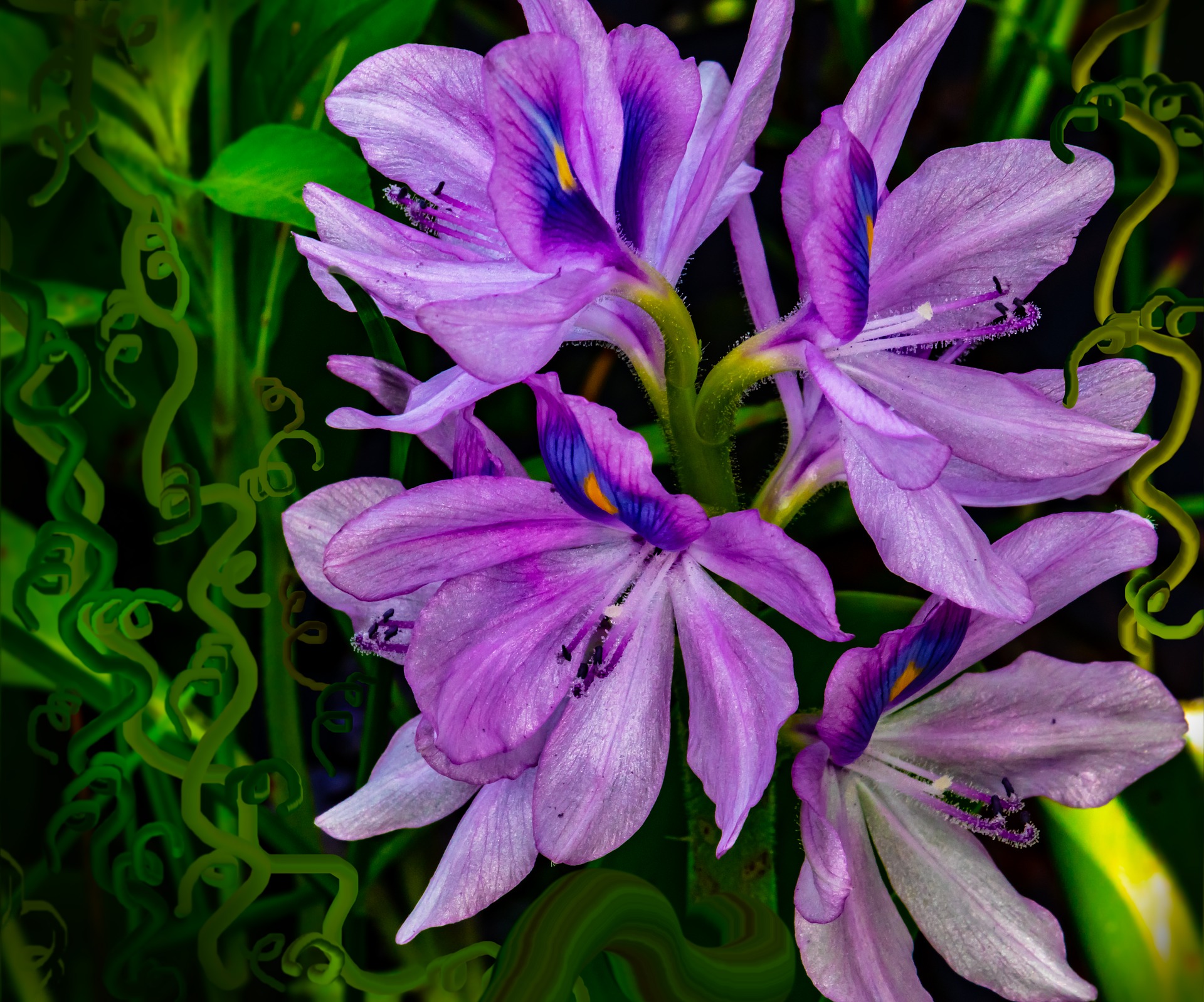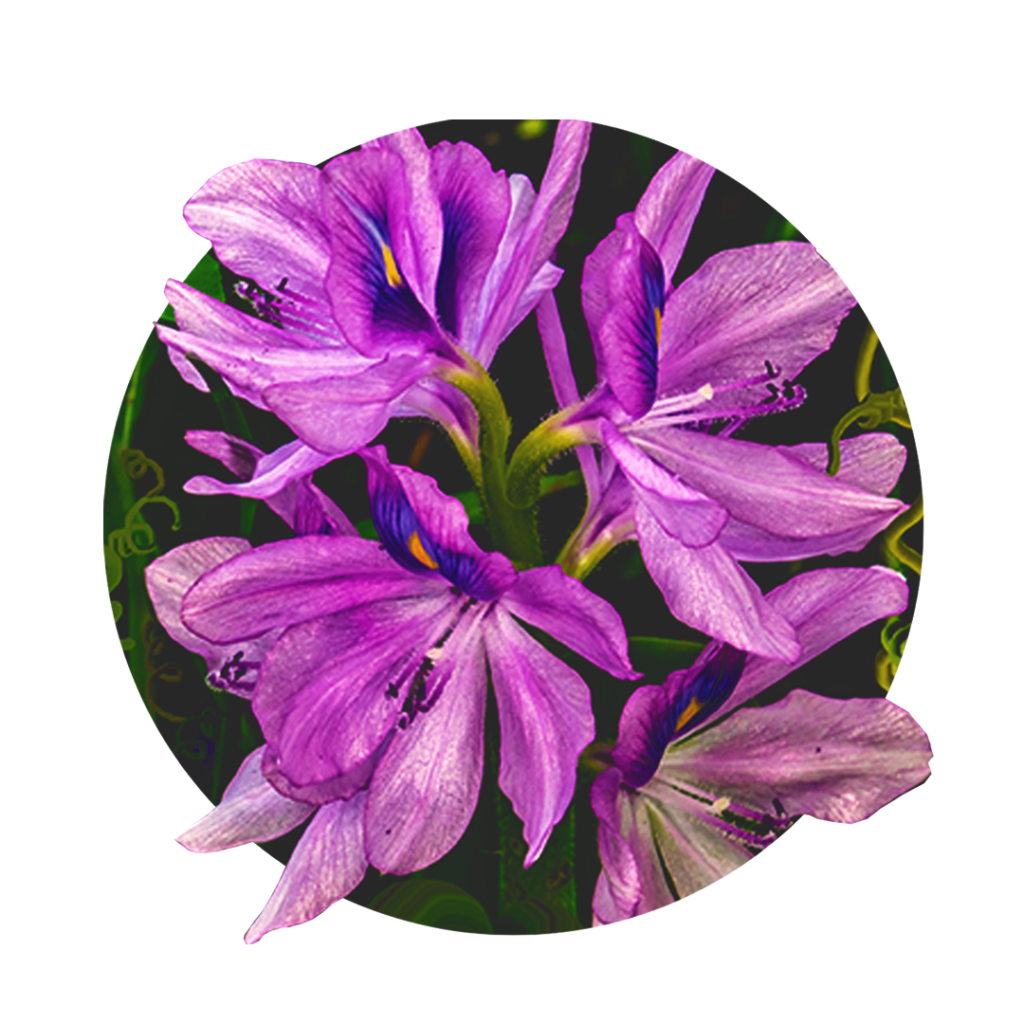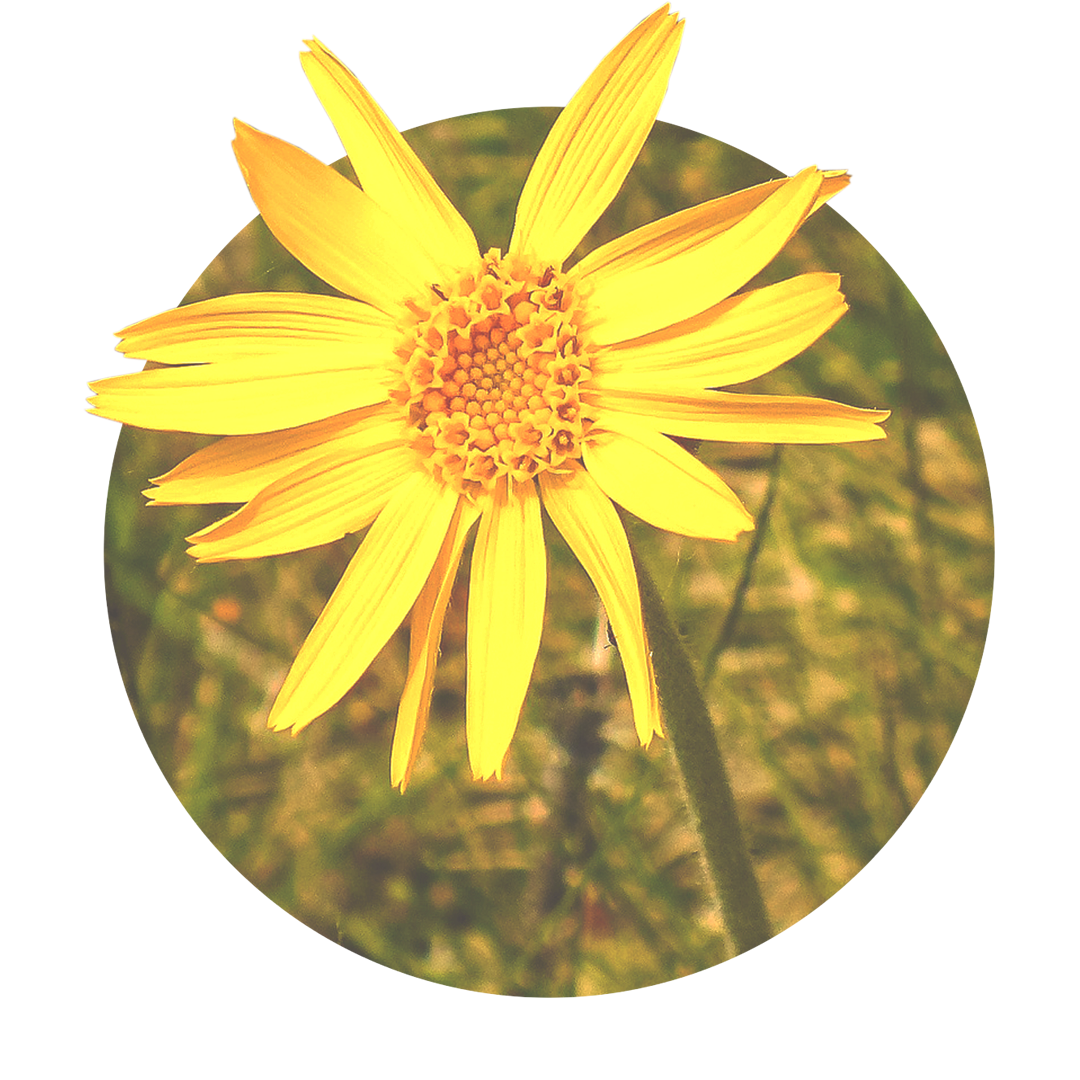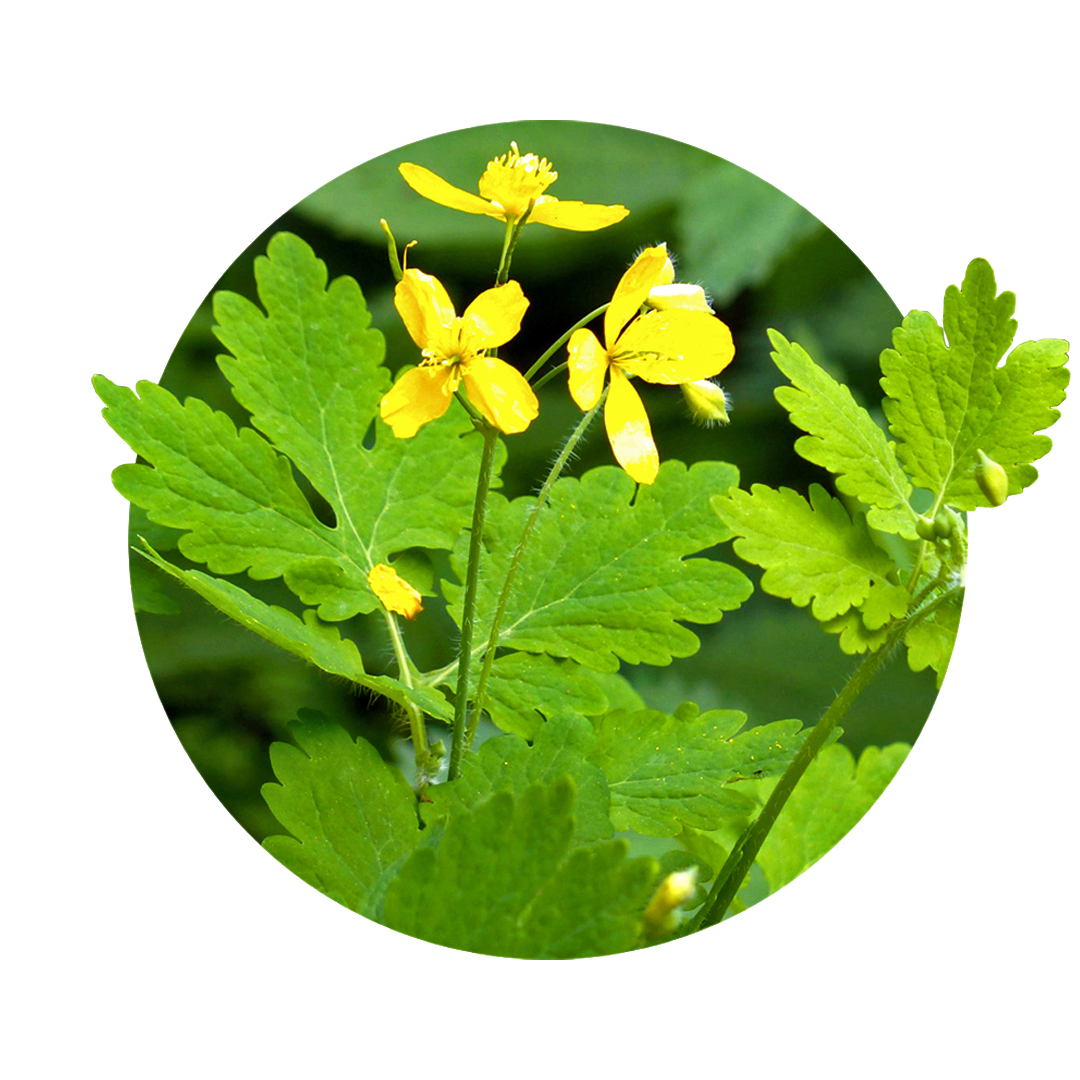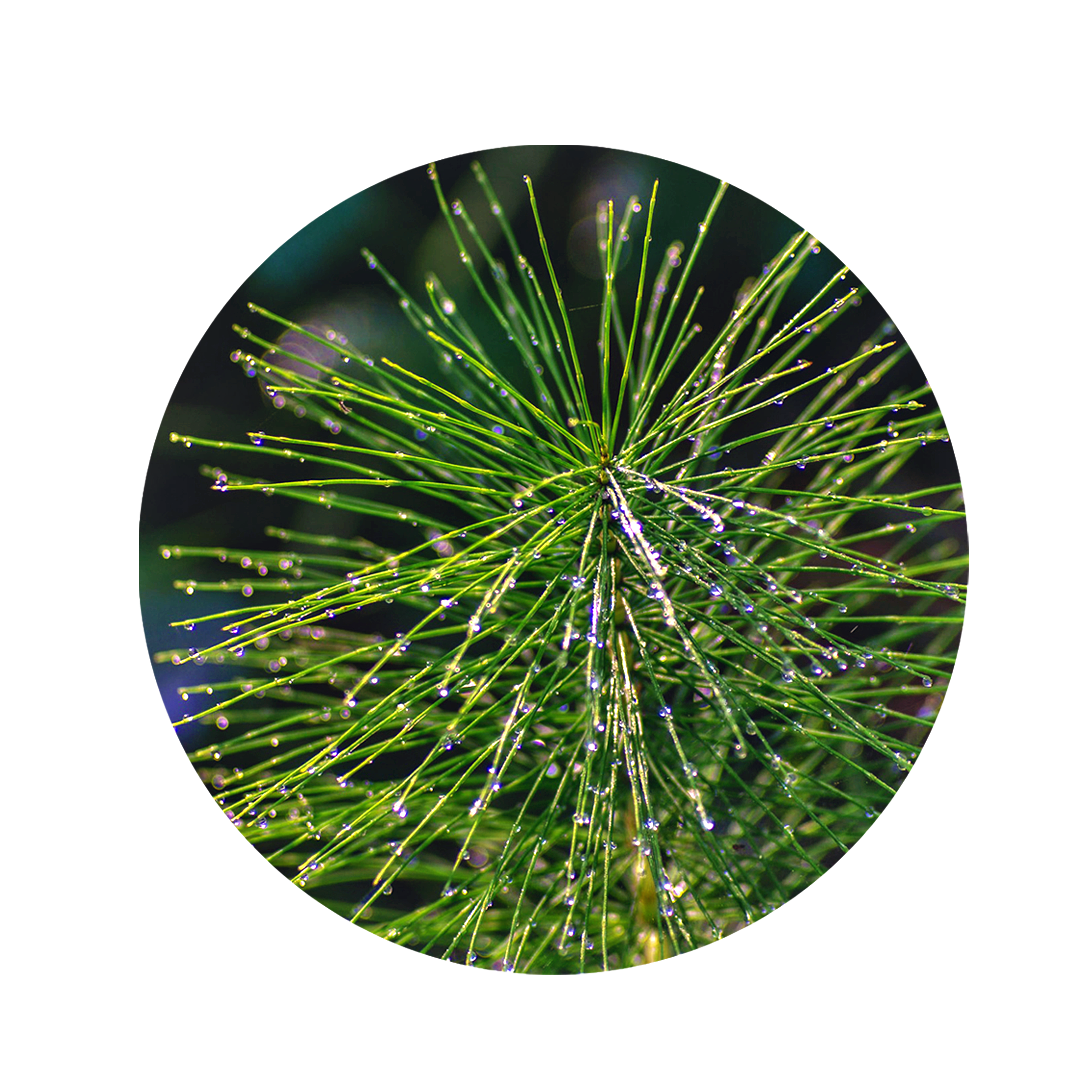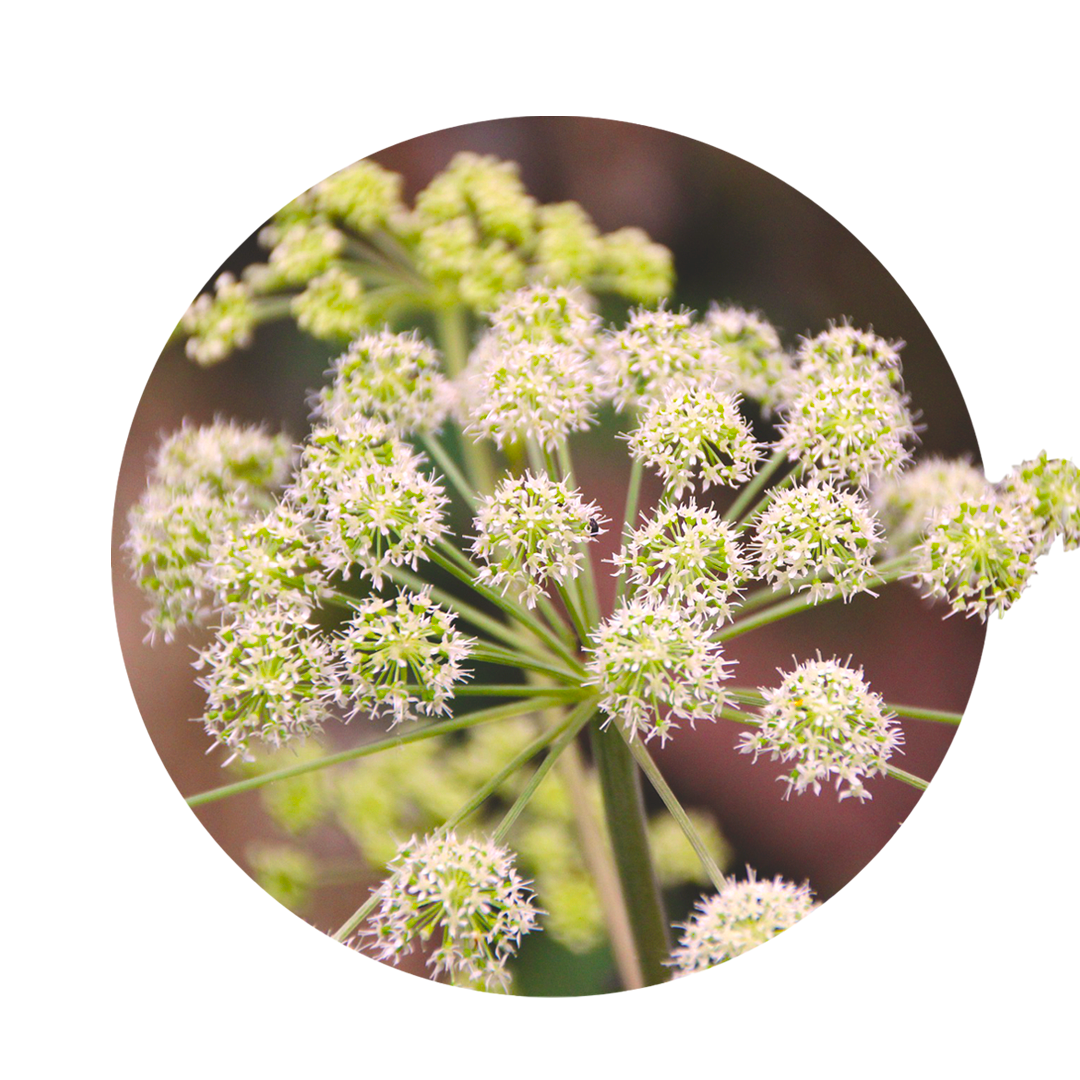Iris: Valuable plant for various ailments
The iris is a beautiful plant. It is considered a naturalized neophyte in southern Germany and likes to grow on wet, agricultural land. However, it originally comes from North America and can be found there in swamps and on the banks of bodies of water. It was already used by the native inhabitants of North America as a medicinal plant against various diseases such as earache or as a laxative. In modern naturopathy it has gained a firm place and is indispensable.
Iris facts
Did you know that...
... it takes its botanical name Iris from the Greek goddess of the rainbow?
... the iris was Perennial of the Year 2016 because of its diversity?
... the iris was one of the most important perfume plants in the 19th century?
What is the iris?
The iris is a perennial herbaceous plant from the iris family that grows up to 80cm high. It is a very attractive plant with its multicolored flowers and likes to grow in wet meadows or along water bodies. As a neophyte from North America, it has displaced the native Iris germanica and replaced it in its use. Today, the iris is mostly used as an ornamental plant in gardens, as it can be kept well in the garden. In mythology, the lily has always been associated with the rainbow and its connection to the realm of the dead or heaven. Therefore, even today it is much used as a plant at funerals and burials.
General and healing properties of iris
Bile stimulating
The iris is bile stimulating. It stimulates the gall bladders to release their bile into the intestine. Thus, an optimal pH value is established in the intestine and the digestive enzymes can do their work.
Digestive
The iris is digestive. Even the indigenous people of North America use the iris for its laxative healing properties. Iris was used centuries ago for constipation and sluggish digestion. It softens bowel movements and stimulates elimination.
Draining
The iris is dehydrating. One can inject iris for dropsy as well as take it orally. The amount of water is reduced, the legs become slimmer again and the body decongests.
Antispasmodic
The iris is antispasmodic. Vascular spasms of the arteries lead to migraine. The iris has an antispasmodic effect so that the migraine subsides and the pain disappears.
Iris versicolor: Ingredients
The iris contains various proven active ingredients, but it is not known which ones exactly and in which combination are responsible for which healing effects.
You can find the following ingredients in the iris:
- Mucilage
- Iridin
- Flavonoids
- Essential oils
- Triterpenes
Iris: effect for body and mind
Iris is a delicate plant and has a versatile effect. In this regard, its ingredients are well studied, but not directly which of them are responsible for the effects in the body. Therefore, the applications are based much on experience. Traditionally, iris is used for migraines and headaches, especially in very sensitive people. This sensitivity is also the outstanding feature of iris patients. They react strongly, are sensitive, often depressed and irritable. This irritability carries through to the digestion. The stomach goes crazy and one gets diarrhea.
Properties iris
- Anti-inflammatory
- Digestive
- Antispasmodic
- Liver and bile stimulating
- Soothing
- Acid neutralizing
- Draining
Fields of application in naturopathy: Iris versicolor
Iris versicolor affects the nervous and digestive systems equally. But especially at the intersections where both systems are connected. Like the image of the rainbow bridge, different, seemingly different areas are brought into relationship.
Iris for gastritis
When the stomach is inflamed, you do not like to eat, you have a stomach ache and often heartburn. The mucous substances of the iris soothe the stomach, allow the inflammation of the mucous membrane to subside and the symptoms weaken. The perhaps excess stomach acid is reduced and the mucous membrane is relieved.
Iris for diarrhea
Diarrhea has many causes. An overly acid stomach or an irritated pancreas are often responsible. The iris reduces the stomach irritation and helps the pancreas to regenerate. The pancreas can now provide its enzymes again to a normal extent, so that digestion can proceed in a regulated manner. It is assumed that the combination of iridine and mucilage are responsible for this.
Iris for headaches & migraines
Migraine types and causes are many. However, when the migraine is accompanied by acid vomiting, iris has proven to be a remedy. It calms the overstimulated nerves so that the migraine subsides. It also stimulates the digestive glands, soothing the stomach. The nausea disappears and vomiting with it.

Iris for neuralgia
Iris is popularly used for neuralgia. Its soothing and antispasmodic effect is a boon for nervous disorders. Traditionally, infants and small children were made to chew on the root of the iris when they had teething pains, as this has an analgesic effect. Today, iris is also a popular ingredient in herbal injections for lumbago.
Iris for gastrointestinal complaints
Iris also has a regulating effect on the liver-biliary system and stimulates the liver to produce bile. Many gastrointestinal complaints originate from the malfunction of the active digestive glands liver, gall bladder and pancreas. Due to the fact that the iris brings these organs back to life, symptoms such as constipation and diarrhea disappear again.
Iris for diabetes & prediabetes
Iris can be chewed in the case of teething problems, although there are a few things to keep in mind. Today, Iris versicolor is mostly a component of ready-made preparations that should be taken several times a day. There are sprays, triturations, tablets and globules. In most cases, three times a day is recommended. In acute migraine cases, the remedies can be taken hourly.
Iris for heartburn
Heartburn can be caused by overstimulation of the stomach due to stress, food and alcohol. In this case, iris nourishes the stomach lining with its mucous substances and activates the digestive glands so that digestion can return to normal. The stomach begins to calm down and reduces the production of hydrochloric acid. Thus, the heartburn decreases.

Instructions for the use of iris
Iris can be chewed in the case of teething problems, although there are a few things to keep in mind. Today, Iris versicolor is mostly a component of ready-made preparations that should be taken several times a day. There are sprays, triturations, tablets and globules. In most cases, three times a day is recommended. In acute migraine cases, the remedies can be taken hourly.
Iris during pregnancy & lactation
Use during pregnancy and lactation is not recommended due to lack of data.
Discover our sprays
With natural methods such as the individual spagyric sprays from Zimply Natural, complaints can be treated and sustainably alleviated.
Use the healing power of Iris versicolor!
Use the healing power of the iris and our other 100 medicinal plants for the natural relief of your ailments. Improve your well-being and support your body, mind and soul! Use our configurator to create your personal spagyric spray, which is tailored to your needs and accompanies you on your natural path to the improvement of body, mind and soul.

